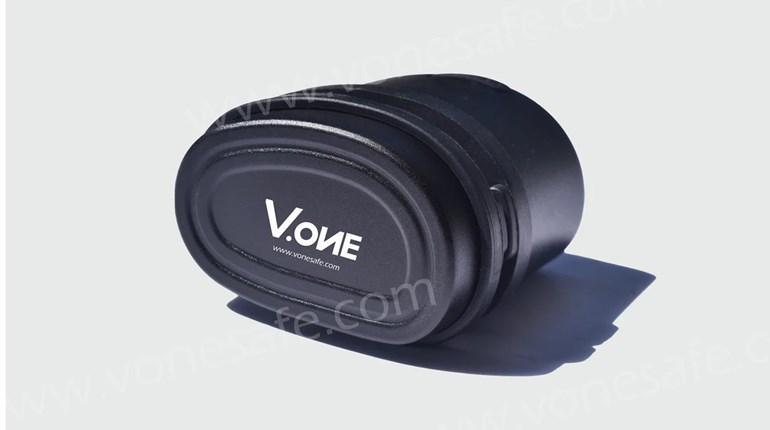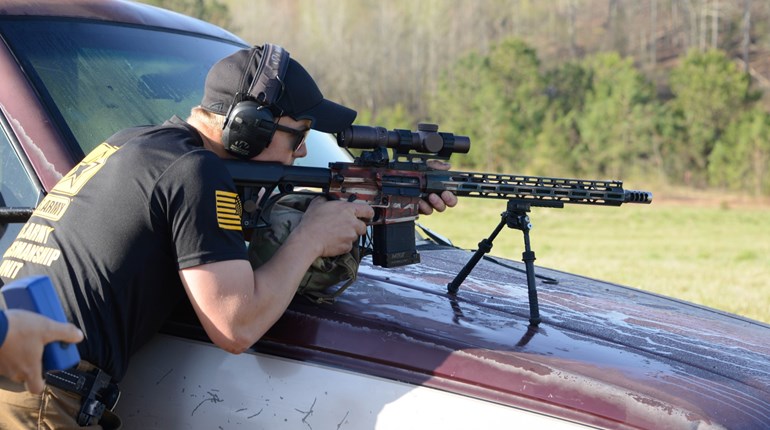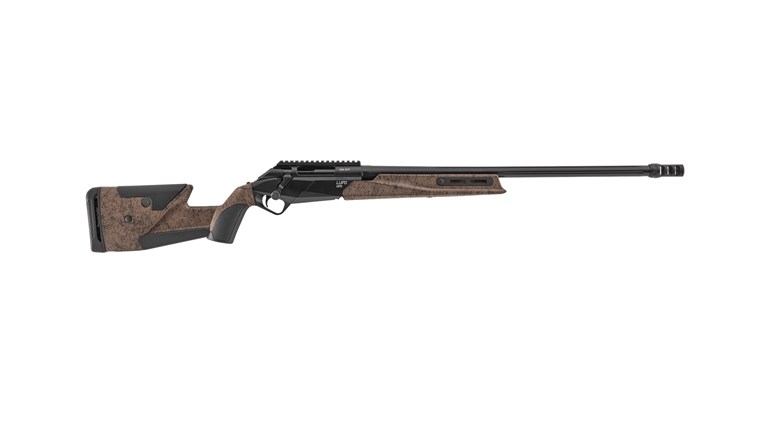
"The socialization into gun ownership is also vastly different for legal and illegal gun owners. [Adolescents] who own legal guns have fathers who own guns for sport and hunting. On the other hand, those who own illegal guns have friends who own illegal guns and are far more likely to be gang members."-U.S. Dept. of Justice, March 1994.
"The two children who did not play with [the hidden gun] came from gun-owning homes and had been educated on the dangers of the weapon..." -WISN-TV
When Is It Time?
Children who are interested in a subject are capable of learning more quickly than anything known to man. So the best time to teach a child about guns is when he or she has expressed interest in them. In other words, if a child isn't naturally inquiring about going shooting or wanting to see Mommy's or Daddy's gun, it isn't time yet. Maybe he or she will never get there. At some point, it's this writer's belief that all kids of adequate mental capacity should learn gun safety—after all, there are 300 million guns in America, and being ignorant about them is akin to being unable to swim.
Most children, however, are naturally curious about shooting. Some boys and girls begin pointing fingers and shouting "Bang!" just after they can walk. At five, six or seven, they're keenly aware that Mommy or Daddy has guns, and they want to learn. At this age, it's best to show the child a gun to pique interest, but not let him hold them on his own. Teach the child NRA's Eddie Eagle Gun Safe mantra, which is, "If you see a gun, STOP! DON'T TOUCH! LEAVE THE AREA! TELL AN ADULT."
When the child demonstrates good behavior, reasoning and self-control-often at age six, seven or eight—it may be time to let him or her shoot, but only under strict controls. If, for example, the child has been told how to handle a knife or other potentially dangerous object but has had transgressions, then it's not time to learn gun safety yet. However, if the child understands and mimics your seriousness about guns and can recite NRA's three basic safety rules (1. Always keep the gun pointed in a safe direction; 2. Always keep your finger off the trigger until ready to shoot; 3. Always keep the gun unloaded until ready to use.), then it is time. After you deem the child mentally ready to take on such responsibility, you must determine if the child is physically capable. Can the child hold the gun with their own power and dexterity? If so, move to the next steps.
A good option to get started is via the use of a low-velocity BB gun, like a Daisy Red Ryder. A BB gun is not a toy, and it is possible to injure someone with one—this should be ingrained in the child—but the risk of serious injury is very low if eye protection is worn. (A Red Ryder is also handy in that the tell-tale sound of BBs rolling in the magazine alerts the instructor if the gun's muzzle is being waved around dangerously.)
Keep reiterating the three NRA rules of gun safety. Practice shooting soda cans in the yard, or any targets that are reactive so the child can instantly see when she hits or misses. Make sure to use a backstop to catch the BBs. Let her load the gun for herself. Make it fun. Teach them the fundamentals of shooting-sight picture, sight alignment, stance, trigger squeeze, etc.—but all this will be learned over time. The most important thing at this stage is safety and fun. Set goals for your child, like: "When you do everything correctly, you'll get to shoot the gun." When the child knows and practices all the gun safety fundamentals as second nature—a year of BB-gun practice is common—she's ready to move on to a .22 rifle or light-recoiling shotgun. For most kids this happens at age eight, nine or 10.
Before shooting, stress that shotguns and rifles are much more powerful tools, and any mistake can mean permanent consequences, even death. Make sure they know about using safe backstops; that they must know their target and what is beyond it. Even .22 rifles can injure people from several hundred yards away. Speak in terms that they can understand, like "If you fire the shotgun at the wall, it could easily go through the wall and hurt someone on the other side." Or shoot a piece of plywood and show them. Be real with kids.
When shooting a shotgun for the first time, make sure it fits decently and it's held properly. Shotguns have major recoil, and it's your duty to prepare your child. Pistols are best for people who have moved past the beginner stage, because their short barrels are easier to inadvertently point in an unsafe direction. However, Airsoft pistols can be used by beginners; they're a good place to start, as they offer accuracy and can even be used indoors.
If you instill responsible gun safety lessons in kids, they will respect and cherish them just as you do. Ultimately, they will be better off for it.
If you enjoyed this article, why not click here to receive our weekly newsletter? It's free, and NRA membership is not required. We do not sell, lease or share e-mail addresses to entities outside the NRA.







































